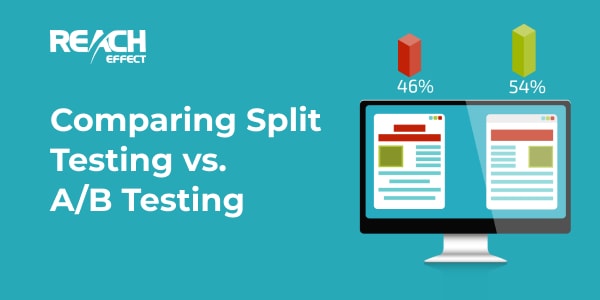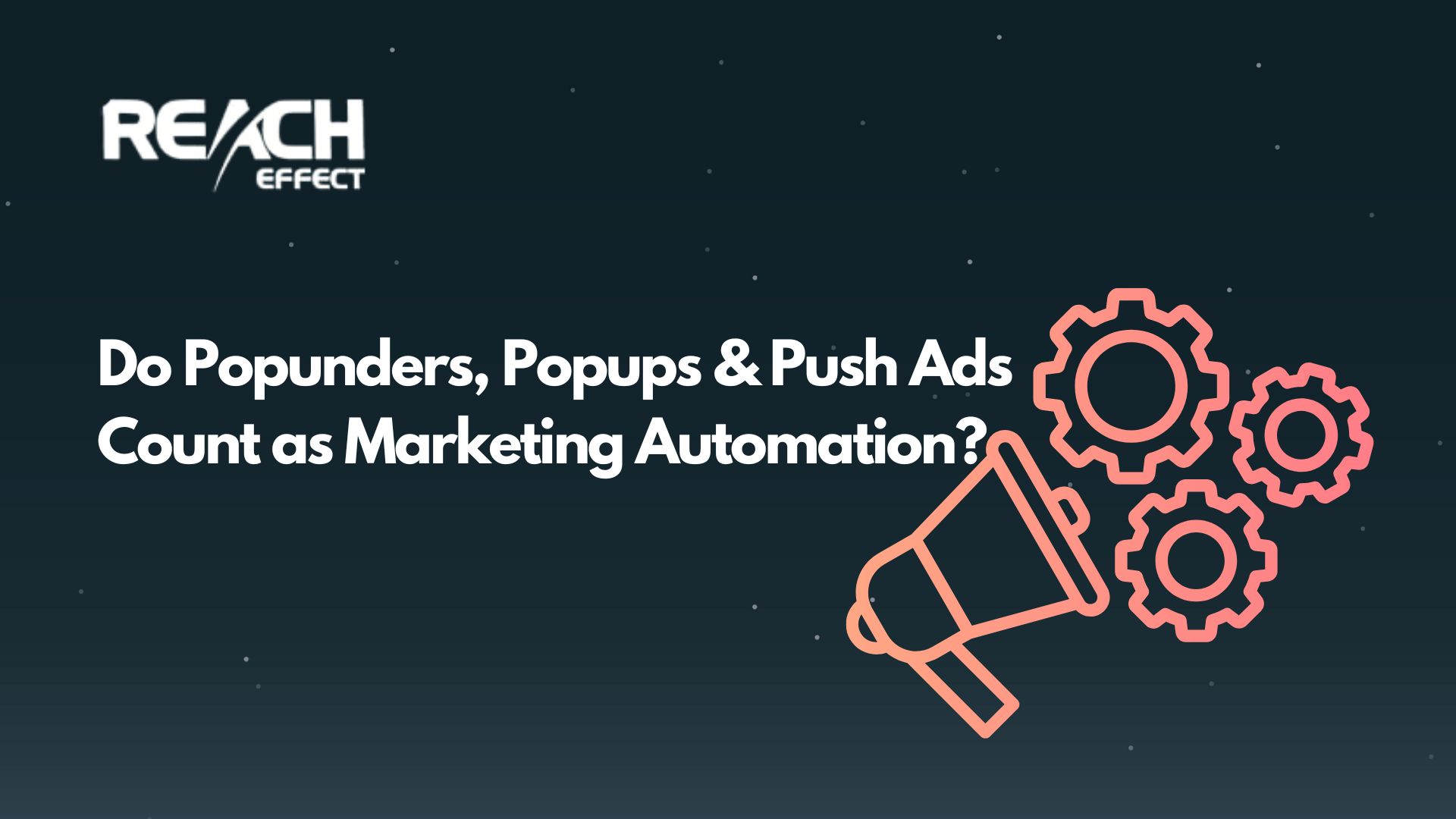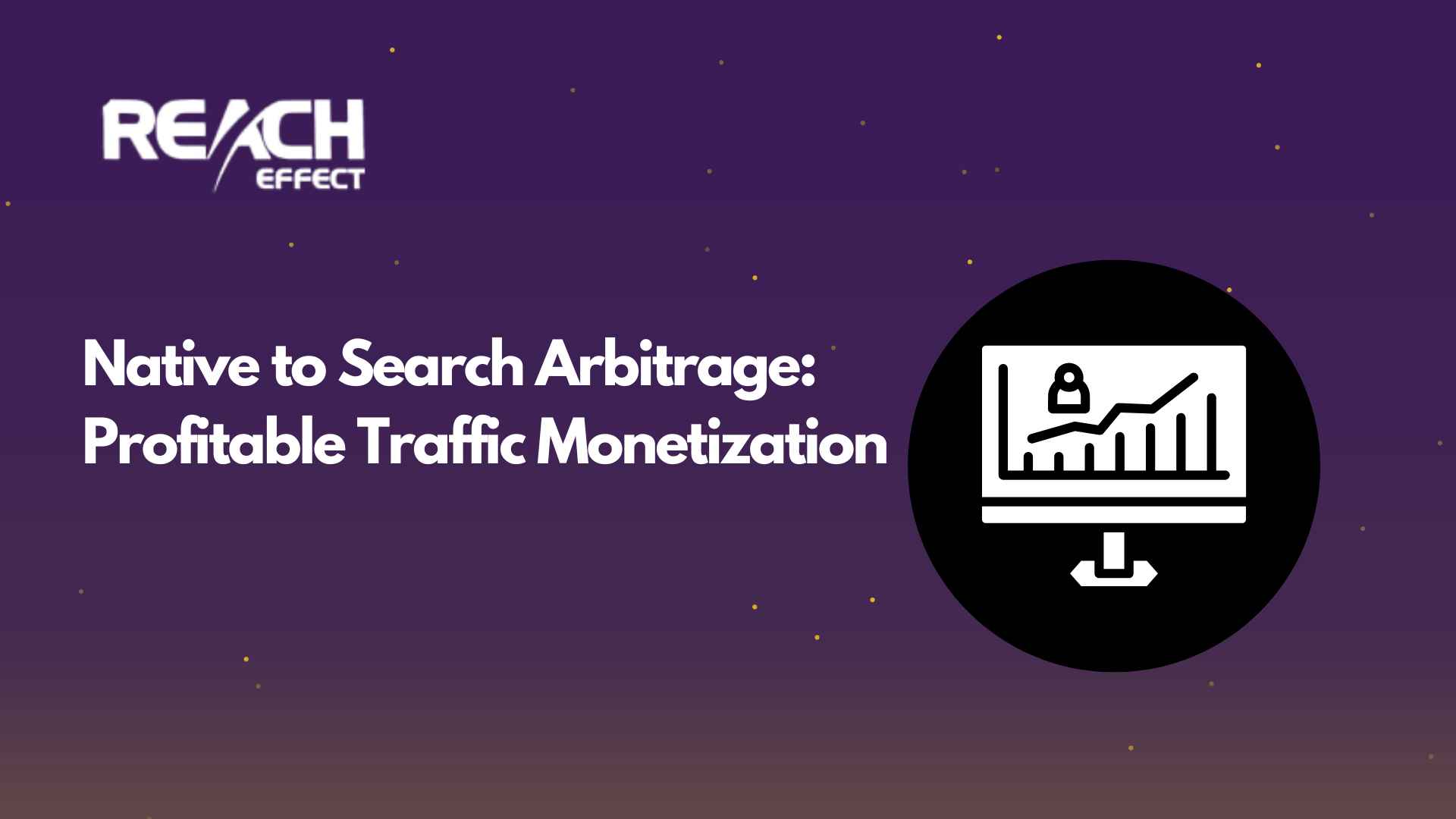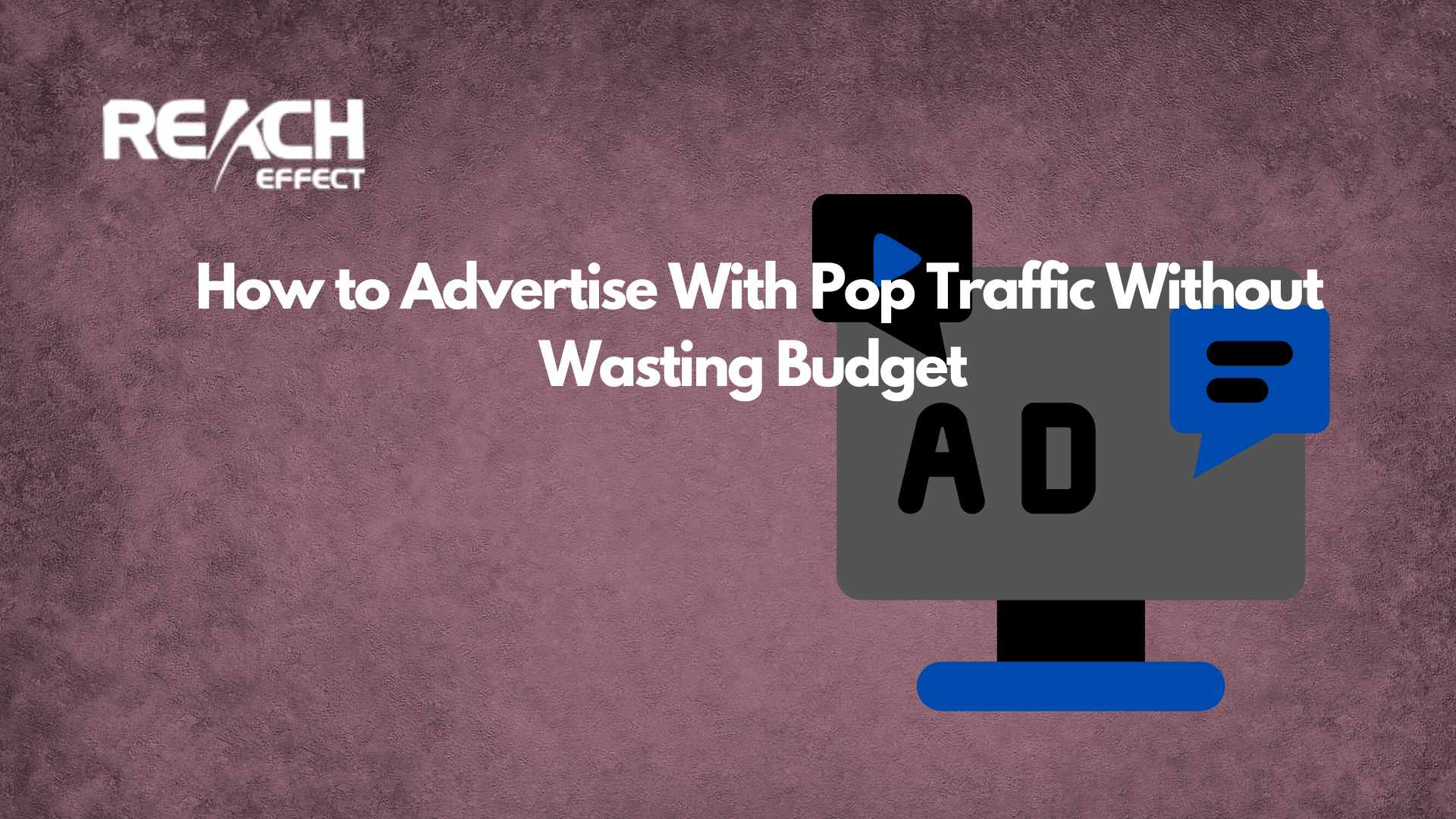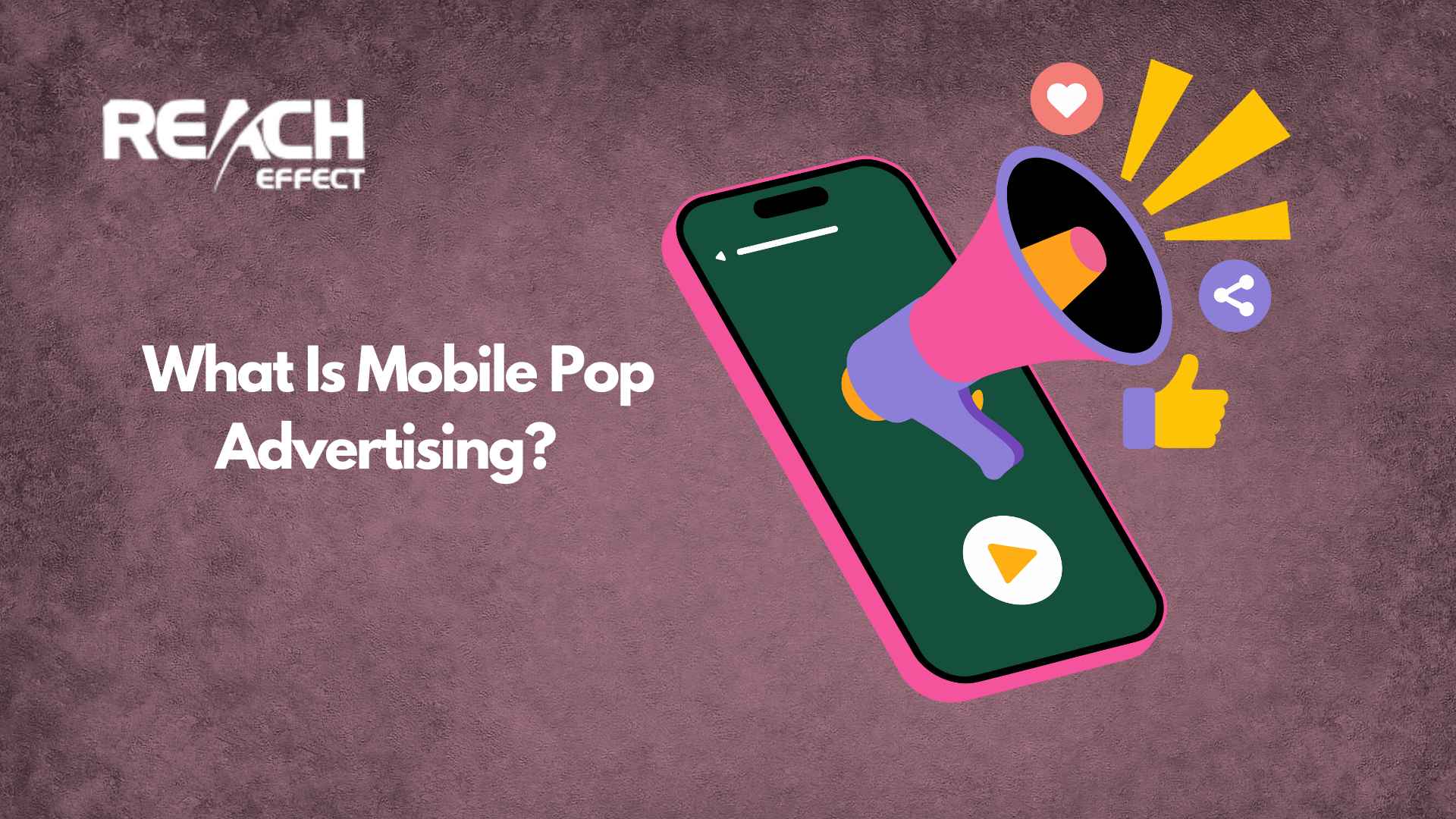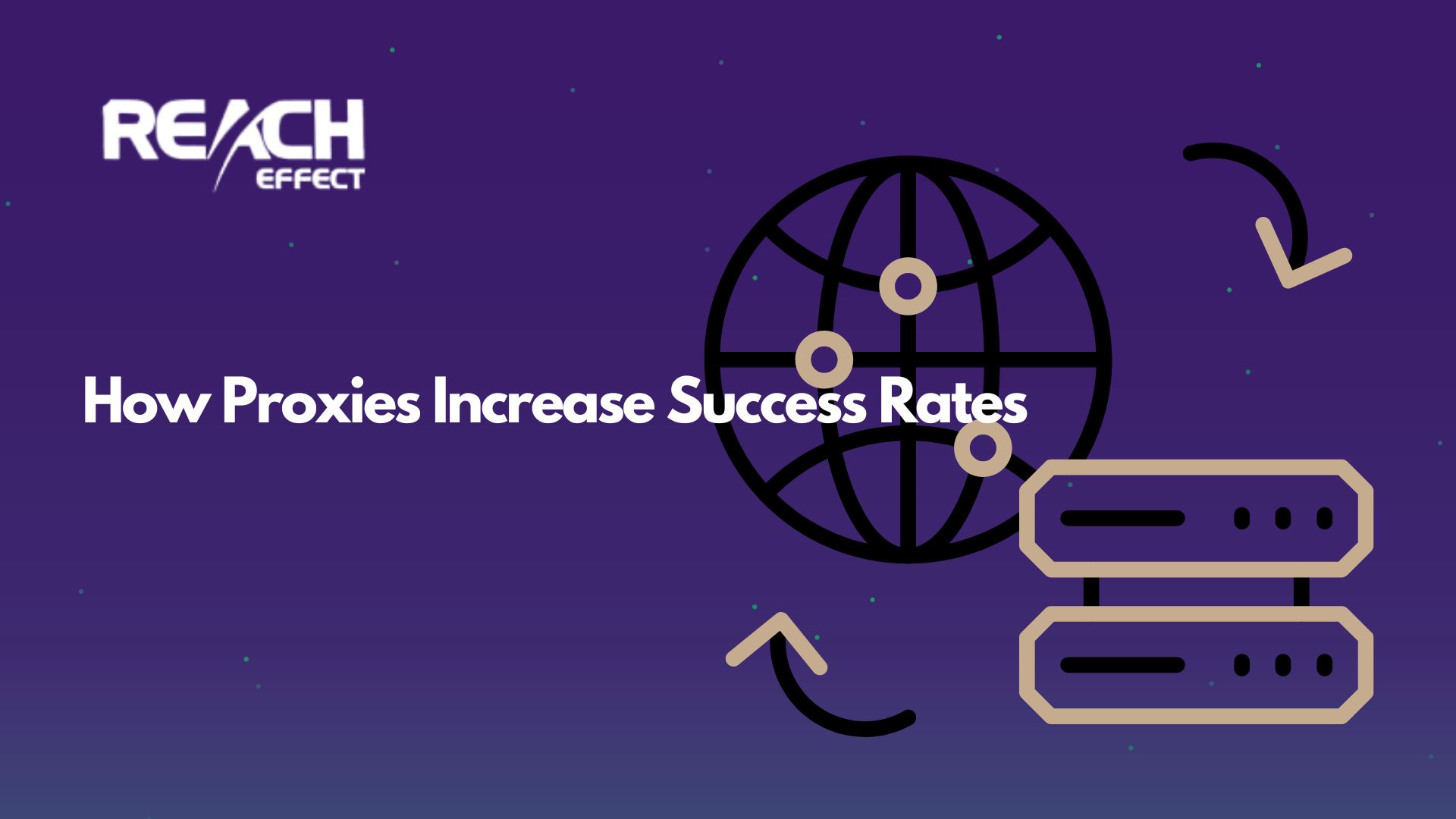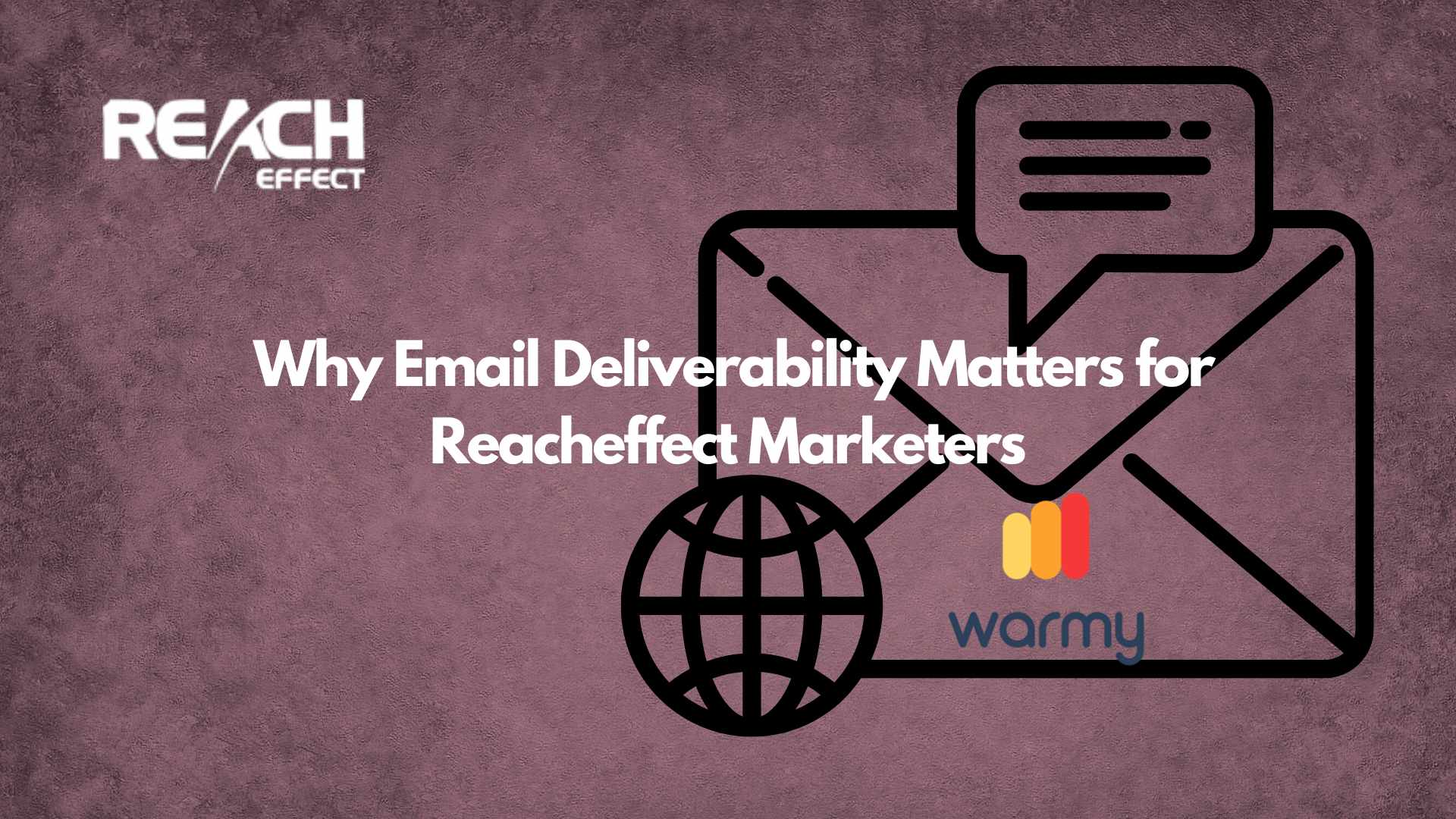Web marketers embrace diverse testing methods for improving campaign performance. Among these, split testing vs. A/B testing are two stalwarts, each offering unique insights into what resonates with the audience. Exploring testing methods unravels nuances, playing a pivotal role in refining advertising strategies.
In the realm of honing the components of marketing dynamism, the focal point often revolves around the terms split testing and A/B testing. But are they interchangeable, or do they bring distinct advantages to the table?
Split Testing vs. A/B Testing: Is it the Same?
So, what is split testing in marketing? This is a comprehensive approach within the realm of digital experimentation, embracing various strategies to gauge audience responses. However, A/B testing is a specific form of split testing ads. It focuses explicitly on comparing two versions. A/B testing is more straightforward and is particularly useful for scrutinizing subtle changes. For example – headlines, color schemes, or call-to-action buttons. The following table describes the differences between two testing methods:
| Aspect | Split Testing | A/B Testing |
| Number of Variations | It can involve testing more than two variations (e.g., A, B, C, D). | Specifically, it focuses on comparing two versions (A and B). |
| Use Cases | It is Ideal for comprehensive testing when exploring various creative elements. | Suited for testing specific changes like different headlines, colors, or CTAs. |
| Precision | It may provide more granular insights into the performance of individual variations. | Provides a focused comparison between two specific versions. |
| Resource Allocation | Requires more resources for managing and analyzing multiple variations. | Requires fewer resources due to the simplicity of comparing only two versions. |
| Scenario | It is best suited for testing when exploring a range of creative and structural changes. | Effective for testing minor, specific changes to refine existing elements. |
| Examples | Testing different headlines, images, calls-to-action, and layout variations. | Comparing two versions of an email subject line, button color, or ad copy. |
In essence, A/B testing is a subset of split testing. So, while all A/B tests are a form of split test, not all split tests are A/B tests. Understanding this distinction is crucial for marketers. It influences the methodology and scope of experimentation when optimizing digital marketing campaigns.

When to Use Split Testing and When to Use A/B Testing?
Understanding when to employ each testing method is crucial for a successful marketing strategy.
- Using Split Testing. This method is beneficial when you have multiple variations to test. For instance, if you are exploring a variety of images or any other web elements – split testing provides a comprehensive analysis.
- Using A/B Testing. When you want to compare two specific variations and make a direct choice between them, A/B testing is the go-to method. This is particularly useful for subtle changes, like testing the color of a button or the wording of a headline.
As a professional advertising platform, ReachEffect recognizes the importance of these testing methodologies. We ensure that advertisers can refine their campaigns to reach the right audience effectively. So, optimize your ads by experimenting with various creatives using the power of split testing.
At ReachEffect, we understand the significance of A/B testing for advertisers seeking precision. Whether it’s testing different ad copies or experimenting with targeting options, ReachEffect empowers advertisers to make data-driven decisions.
Conclusion
Understanding the distinctions “split testing vs A/B testing” is vital for optimal marketing. Split testing allows for a more extensive exploration of variations. A/B testing provides a focused comparison between two specific elements.
As you navigate digital marketing, consider using the capabilities of ReachEffect. We provide a distribution channel for advertisers and a monetization solution for publishers. Make informed decisions, improve your campaigns, and drive success with the power of split testing and A/B testing through ReachEffect.

